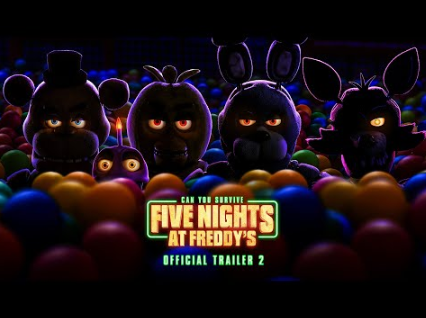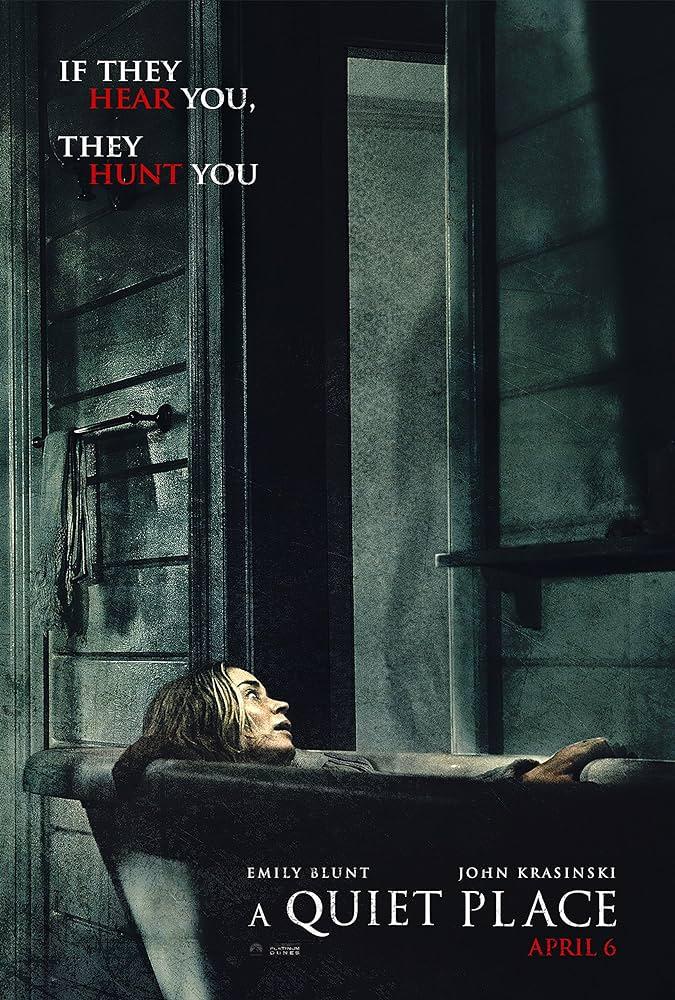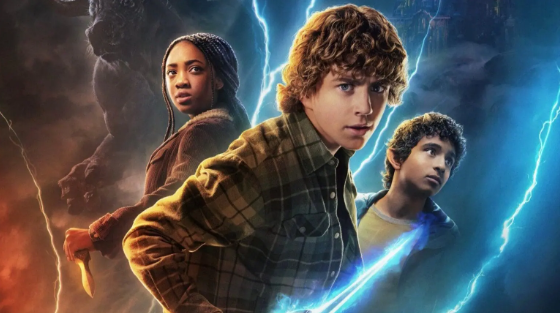Chris Columbus’s cinematic adaptation of the popular video game series Five Nights at Freddy’s (FNAF) has hit the silver screen with a resounding impact, bringing animatronic terror to life. Boasting a staggering $70 million in its opening weekend and now moving over $250 million over the days it was released, the money earned was 12.5 times the money they spent on the movie’s production, which was 20 million. Thus, the FNAF movie is a financial success and a cultural event that has stirred both fervent admiration and critical skepticism.
On the positive end of the spectrum, the FNAF movie has gathered credit for successfully translating the unique atmosphere and suspense of the game into a compelling cinematic experience. Fans have praised the film’s meticulous attention to detail in recreating the eerie ambiance of Freddy Fazbear’s Pizza and the uncanny animatronic characters that haunt the establishment. The faithful representation of the source material has been a source of joy for long-time fans, who appreciate the director’s commitment to capturing the essence of the FNAF universe.
One of the standout elements contributing to the film’s success is the casting choices. Elizabeth Dean Lail’s portrayal of a night security guard grappling with the horrors within Freddy Fazbear’s Pizza has been particularly praised for injecting depth and authenticity into the narrative. Lail’s ability to convey a sense of terror and paranoia resonates with the game’s fans, adding to the film’s immersive experience, along with the fantastic sound design given to the animatronics to allow a realistic feel to how they are machines, with the whirring and thuds of their movements.
However, the film’s critics and reservations center around the challenges of adapting a video game with a primarily interactive format into a linear cinematic narrative. Some argue that the movie struggles to balance the intricate lore of FNAF with the demands of a feature-length film, resulting in rushed or underdeveloped plot points. Critics also point out that the reliance on jump scares may overshadow the potential for character development and a deeper exploration of the psychological horror elements embedded in the game’s narrative.
In defense of the film’s narrative choices, supporters argue that the jump scares, while abundant, are a fundamental aspect of the FNAF experience and contribute to the film’s suspenseful atmosphere. The film’s commitment to maintaining the game’s spirit, high production values, and expertly crafted special effects have been pivotal in winning over audiences. The tension-filled sequences and the nostalgia of seeing iconic animatronics on the big screen have generated communal excitement beyond the theater. Despite these concerns, the FNAF movie has undeniably captivated the public’s interest, transcending the realm of traditional film promotion to become a social media sensation. The hashtag #FNAFMovie trended worldwide on various platforms, indicating the release’s global excitement and engagement. Fan communities on Reddit, Twitter, and other platforms exploded with discussions, fan theories, and artistic creations inspired by the film. This organic outpouring of creativity and enthusiasm is a testament to the enduring love for the FNAF franchise and the movie’s ability to resonate with a dedicated fanbase.
As the FNAF movie continues to dominate box office charts and generate discourse within the gaming and cinema communities, it is a unique case study of the challenges and triumphs of adapting video games for film. While critics raise valid concerns about the potential pitfalls of this genre, the overwhelming public interest and positive reception from fans suggest that, at least in the case of FNAF, the transition from console to cinema has been a successful and thrilling journey into the heart of horror, which is precisely what Scott Cawthon wished to happen.










